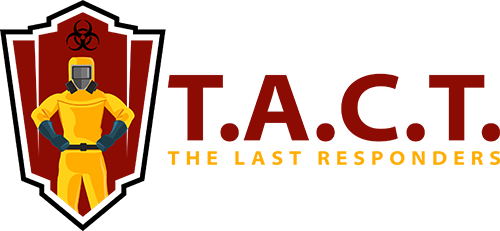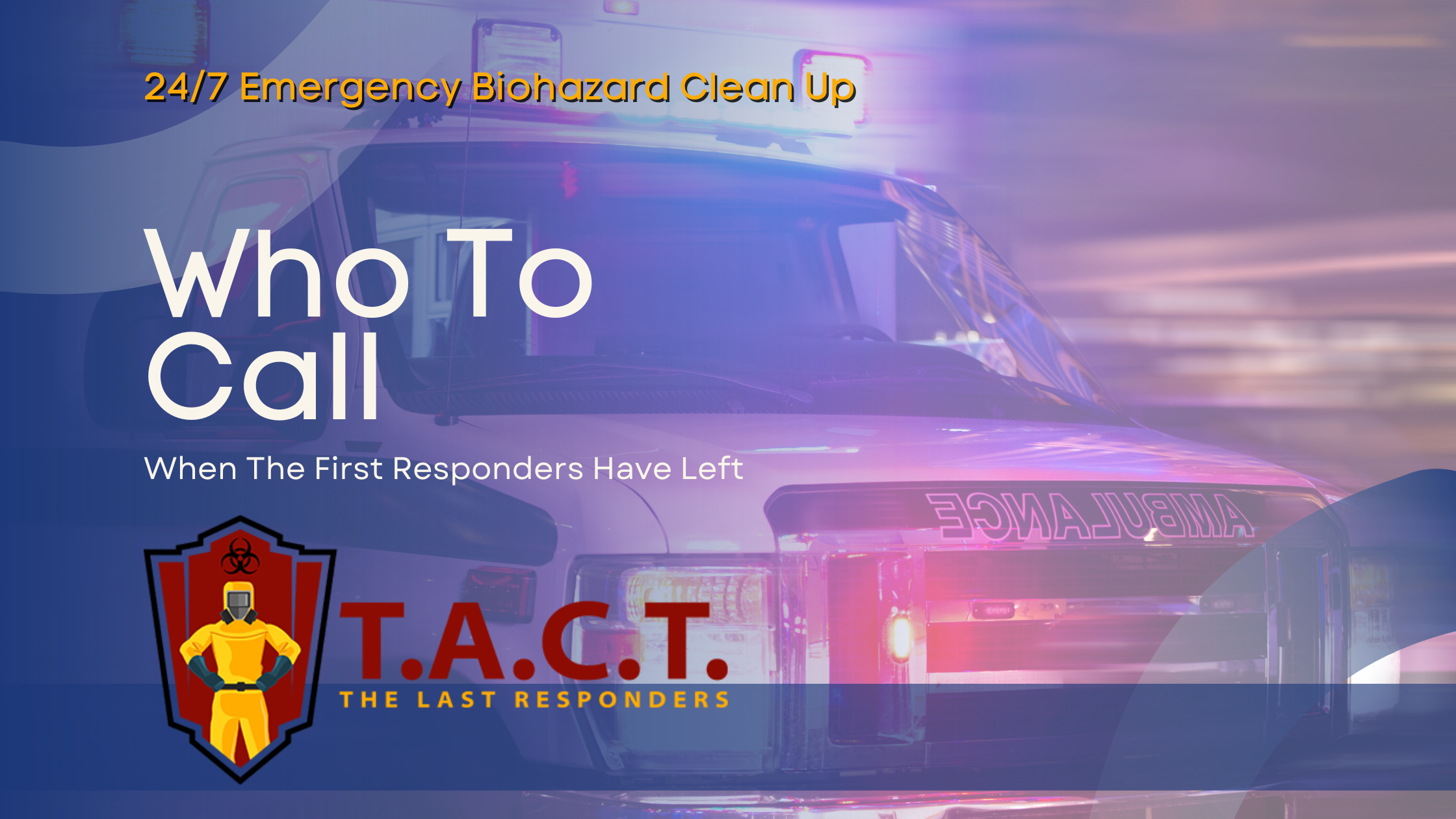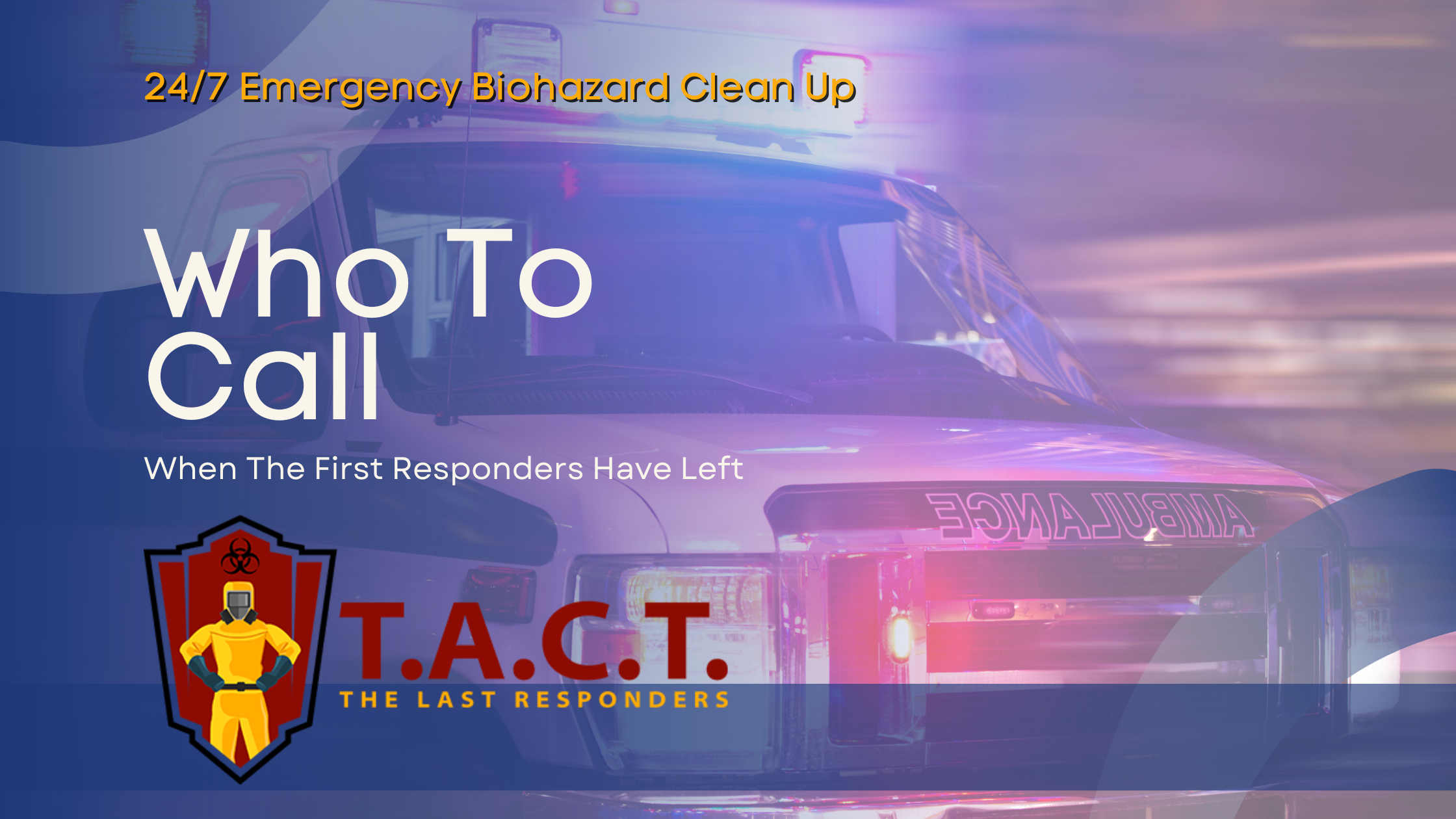What Does Mold Abatement Mean? Complete Guide to Solutions

What Does Mold Abatement Mean? A Clear Guide to Effective Solutions
Discovering mold in your home or business can feel overwhelming. The musty smell, visible patches on walls, and concerns about health effects create immediate anxiety. Understanding what mold abatement means and how it works empowers you to take swift, effective action to protect your property and health.
Mold abatement is the comprehensive process of identifying, containing, removing, and preventing mold growth in indoor environments. Unlike simple cleaning, professional mold abatement addresses both visible mold and the underlying moisture problems that allow it to thrive. Eliminating mold requires not only removing what you can see but also addressing the root cause of mold growth, such as excess moisture or poor ventilation, to ensure it does not return. This systematic approach ensures complete remediation and prevents future infestations.
When you’re facing a mold problem, knowing the proper steps and methods can mean the difference between temporary fixes and lasting solutions. The processes involved in mold abatement include testing, containment, removal, cleaning, and prevention, all tailored to the specific situation. This guide will walk you through everything you need to know about mold abatement, from understanding the problem to choosing the right remediation techniques.
Introduction to Mold
Mold is a common type of fungus that thrives in environments with excess moisture, high humidity, and limited airflow. It can develop indoors wherever damp conditions persist, such as in bathrooms, basements, around window frames, or on ceiling tiles and walls. Mold growth often appears as black, green, blue, or white patches and is frequently accompanied by a persistent musty odor that signals its presence even before it becomes visible.
Prolonged exposure to mold can lead to a range of health problems, including respiratory issues, allergic reactions, and skin irritation. Individuals with asthma, allergies, or weakened immune systems are particularly vulnerable to the effects of mold. If left unchecked, mold can quickly spread to other surfaces and materials, making remediation more challenging and costly. Addressing mold growth promptly is essential to prevent its spread, protect indoor air quality, and safeguard the health of everyone in your home or business.
Understanding the Mold Problem
Molds are types of fungi that reproduce through microscopic spores naturally present in outdoor and indoor air. While small amounts of mold spores are normal, problems arise when moisture creates conditions for rapid growth and high concentrations develop indoors. Mold grows especially well in damp areas and on dust that accumulates in the home, making these environments particularly susceptible to infestation.
Common causes of mold growth include water damage from floods or leaks, consistently high humidity levels above 60%, poor ventilation in bathrooms and basements, condensation problems around windows or pipes, and dust, which can harbor mold spores. Once established, mold can spread quickly across various surfaces including drywall, ceiling tiles, carpet, and insulation.
Recognizing mold problems early saves time, money, and potential health complications. Visible signs include black, green, or white patches on surfaces, discoloration or staining on walls and ceilings, and peeling or bubbling paint. The telltale musty odor often appears before visible growth becomes apparent.
Health risks from mold exposure range from mild to severe. Common symptoms include respiratory issues like coughing and sneezing, allergic reactions such as runny nose and watery eyes, and skin irritation. Certain molds can produce toxins (mycotoxins) that may cause more severe health effects, including serious infections and heightened allergic responses. Individuals with compromised immune systems, asthma, or existing respiratory conditions face heightened risks from prolonged exposure.
The Mold Remediation Process
A typical mold abatement process involves a series of processes that professionals follow, tailored to each unique mold situation. These processes are designed to ensure effective remediation and long-term prevention.
Containment represents a critical first step in active remediation. Professionals seal off contaminated areas using plastic sheeting and negative air pressure systems to prevent mold spores from spreading to clean areas during removal. This containment protocol protects both workers and occupants from exposure to airborne contaminants.
The cleaning phase involves removing mold from salvageable surfaces using EPA-approved antimicrobial solutions. Non-porous materials like glass and metal can typically be cleaned effectively, while porous materials heavily contaminated with mold may require complete removal and replacement.
Addressing the root moisture problem is essential for long-term success. This may involve repairing leaks, improving ventilation, installing dehumidifiers, or modifying drainage patterns around the building. It is crucial to fully remediate mold to prevent recurrence, as mold will inevitably return regardless of how thoroughly it’s initially removed if moisture control is not maintained.
Mold Removal Techniques
Effective mold removal requires specialized equipment and proper safety protocols. Professional remediation teams use personal protective equipment including respirators, gloves, and protective clothing to prevent exposure to mold spores during the removal process. These experts ensure that mold is thoroughly and safely mold removed from homes and businesses.
HEPA (High-Efficiency Particulate Air) filtration systems play a crucial role in containing airborne spores. These systems create negative air pressure in work areas and filter out microscopic mold spores, preventing cross-contamination to clean areas of the building.
Different materials require specific removal approaches. Non-porous surfaces can often be cleaned with antimicrobial solutions and thorough scrubbing. However, porous materials like drywall, insulation, and carpet that have sustained heavy mold damage typically require complete removal and replacement to ensure thorough remediation. Mold can also be hidden behind a wall, making professional inspection essential to identify and address hidden growth.
Air scrubbers work continuously during and after the removal process to capture airborne spores and improve indoor air quality. These machines use multiple filtration stages, including HEPA filters, to remove contaminants from the air before it recirculates.
Addressing a mold infestation thoroughly is crucial to prevent recurrence and protect both property and health.
Black Mold Removal
Black mold, scientifically known as Stachybotrys chartarum, is one of the most notorious types of mold due to its potential to cause serious health problems. This mold species thrives in areas with chronic moisture, such as water-damaged walls, ceilings, and insulation. Black mold is easily recognized by its dark, greenish-black appearance and strong musty odor.
Removing black mold requires a careful, systematic approach to ensure safety and effectiveness. The remediation process begins with isolating the affected area to prevent mold spores from spreading throughout the building. Professional mold remediation teams use appropriate personal protective equipment, including respirators, gloves, and protective suits, to minimize exposure to harmful spores and mycotoxins.
Specialized cleaning agents and HEPA-filtered vacuums are used to remove mold from non-porous surfaces, while heavily contaminated materials like drywall or carpet may need to be discarded. Eliminating the underlying moisture source is critical to prevent black mold from returning. Due to the health risks and complexity involved, black mold removal is best handled by a certified mold remediation company that can ensure thorough cleanup and long-term protection.
The Critical Role of Moisture Control
Successful mold abatement depends entirely on eliminating the moisture conditions that support growth. Even perfect mold removal will fail if underlying water problems persist. Moisture control is especially important in a commercial building to protect property value and occupant health.
Common moisture sources include roof leaks, plumbing failures, foundation seepage, and inadequate ventilation in humid areas like bathrooms and kitchens. Identifying and fixing these issues requires careful inspection and may involve multiple building trades including plumbers, roofers, and HVAC specialists.
Humidity control represents an ongoing responsibility for property owners. Indoor humidity should remain below 60%, ideally between 30-50%. Dehumidifiers, exhaust fans, and proper HVAC operation help maintain appropriate moisture levels year-round.
Regular maintenance prevents many moisture problems before they become serious. This includes cleaning gutters, maintaining roof and plumbing systems, ensuring proper drainage around foundations, and promptly addressing any signs of water intrusion.
Advanced Air Filtration Systems
Air filtration technology has become increasingly sophisticated in addressing mold contamination. Professional-grade air scrubbers can process thousands of cubic feet of air per minute, rapidly reducing airborne spore concentrations during remediation.
HEPA filters capture 99.97% of particles 0.3 microns or larger, effectively trapping mold spores that measure 1-20 microns. This level of filtration far exceeds standard HVAC system capabilities and provides essential protection during active mold removal.
Activated carbon filters work alongside HEPA systems to address odors associated with mold growth. These filters absorb volatile organic compounds that create the characteristic musty smell, improving both air quality and occupant comfort.
Post-remediation air testing often requires maintaining filtration systems until spore counts return to normal background levels. It is crucial to ensure that mold levels are reduced to safe, normal levels before considering the remediation complete. This process may take several days to weeks depending on the extent of the original contamination.
Identifying and Managing Damaged Materials
Determining which materials can be saved versus those requiring replacement requires professional expertise. The porosity of materials, extent of contamination, and cost of restoration all factor into these decisions.
Non-porous materials like glass, metal, and hard plastics can typically be cleaned and restored. Semi-porous materials such as wood may be salvageable if contamination is limited and the material has significant value. For small mold patches on these surfaces, using baking soda as a natural remedy can be an effective and safer alternative to chemical-based mold abatement products.
Porous materials including drywall, insulation, carpet, and fabric generally require removal when heavily contaminated. Attempting to clean these materials often proves ineffective and may leave hidden contamination that enables future growth.
Proper disposal of contaminated materials follows EPA guidelines to prevent spreading contamination. Materials are typically double-bagged in heavy plastic and disposed of as construction debris rather than regular waste.
Mold Infested Materials Disposal
Proper disposal of mold infested materials is a crucial step in the mold remediation process. Materials such as drywall, insulation, carpet, and ceiling tiles that have been heavily contaminated with mold spores often cannot be salvaged and must be removed to prevent further mold growth and cross-contamination.
During removal, affected areas are carefully contained to limit the spread of spores to clean parts of the home or business. Mold remediation professionals follow strict EPA guidelines, double-bagging contaminated materials in heavy-duty plastic before transporting them out of the building. This prevents the release of mold spores into the air and protects both workers and occupants.
Disposal of mold infested materials should always be handled by a qualified mold remediation company to ensure compliance with local regulations and environmental protection standards. Safe and thorough disposal not only eliminates the immediate source of mold contamination but also reduces the risk of future infestations in your property.
Health Risks and Protection Measures
Mold exposure affects individuals differently based on sensitivity levels, immune system function, and exposure duration. While some people experience no symptoms, others may develop serious respiratory problems or allergic reactions. Persistent musty odors are a key sign of hidden mold contamination and should prompt further investigation.
Certain mold species, particularly Stachybotrys chartarum (black mold), produce mycotoxins that can cause severe health effects including neurological symptoms and immune system suppression. Professional identification and removal become especially critical when toxic mold species are present.
Children, elderly individuals, pregnant women, and those with compromised immune systems face elevated risks from mold exposure. These populations may need to relocate during active remediation to prevent health complications.
Professional remediation protects both occupants and workers through proper containment, protective equipment, and established safety protocols. Attempting DIY mold removal in significant infestations often increases exposure risks and may worsen contamination.
Cost-Effective Mold Abatement Solutions
Addressing mold issues doesn’t have to break the bank. Cost-effective mold abatement starts with early detection and prompt action—tackling small mold problems before they escalate can save significant time and money. For minor infestations, homeowners can often manage mold removal themselves using EPA-approved cleaning solutions and proper personal protective equipment, provided the affected area is less than 10 square feet.
Investing in moisture control is one of the most affordable and effective ways to prevent mold growth. Simple steps like using dehumidifiers, installing exhaust fans in bathrooms and kitchens, and repairing leaks quickly can dramatically reduce the risk of mold problems. Incorporating mold-resistant materials during renovations, such as treated drywall and paints, also helps prevent future contamination.
When professional help is needed, compare quotes from certified mold remediation companies and ask about their remediation process to ensure you’re getting quality service at a fair price. Regular maintenance and proactive moisture management are the best long-term strategies for keeping mold abatement costs low and your property mold-free.
Professional vs. DIY Mold Abatement
Small mold problems covering less than 10 square feet may be manageable as DIY projects using proper safety equipment and EPA-approved cleaning solutions. However, during DIY mold removal, open doors can allow mold spores to spread to other areas, increasing the risk of contamination. Larger infestations require professional intervention to ensure complete remediation.
Professional mold remediation companies bring specialized equipment, training, and experience that ensure thorough treatment. They understand containment protocols, proper disposal methods, and post-remediation testing requirements that DIY efforts often overlook.
Insurance coverage frequently requires professional remediation for claims approval. Many policies specify that certified mold remediation contractors must perform the work to maintain coverage eligibility.
The complexity of moisture identification and correction often exceeds DIY capabilities. Professionals can identify hidden water sources, assess structural damage, and coordinate with other trades to address underlying building problems.
Preventing Future Mold Growth
Prevention remains the most effective and economical approach to mold management. Effective prevention strategies are designed to rid your property of mold and prevent its return. Regular building maintenance, prompt water damage response, and proper humidity control eliminate most mold problems before they develop.
Installing mold-resistant building materials during renovation or new construction provides long-term protection. Mold-resistant drywall, paint additives, and treated lumber reduce the likelihood of future contamination even if moisture problems occur.
Routine inspections should focus on areas prone to moisture problems including basements, crawl spaces, bathrooms, and areas around windows and doors. Early detection enables quick intervention before minor issues become major problems.
Creating a moisture management plan helps property owners maintain appropriate conditions year-round. This plan should address seasonal humidity changes, maintenance schedules, and emergency response procedures for water damage events.
Taking Control of Your Mold Problem
Mold abatement represents a serious undertaking that requires proper planning, appropriate methods, and often professional expertise. Understanding the process empowers you to make informed decisions about protecting your property and health.
Swift action produces the best outcomes when mold problems arise. Delaying remediation allows contamination to spread, increases costs, and may compromise the health of building occupants. Professional assessment can help determine the appropriate response level for your specific situation. Each mold damage scenario is unique and may require customized remediation strategies that adhere to EPA and health department guidelines.
Remember that effective mold abatement addresses both immediate contamination and underlying moisture problems. Focusing only on visible mold without correcting water issues guarantees future problems and wastes remediation investments.
If you’re dealing with mold contamination, consider consulting with certified mold remediation professionals who can assess your situation and recommend appropriate solutions. Taking decisive action now protects your investment and ensures a healthier indoor environment for years to come.
Meta data
Meta title
What Does Mold Abatement Mean? Complete Guide to Solutions
Meta description
Learn what mold abatement means and discover effective solutions. Complete guide covering removal techniques, health risks, and prevention methods.



